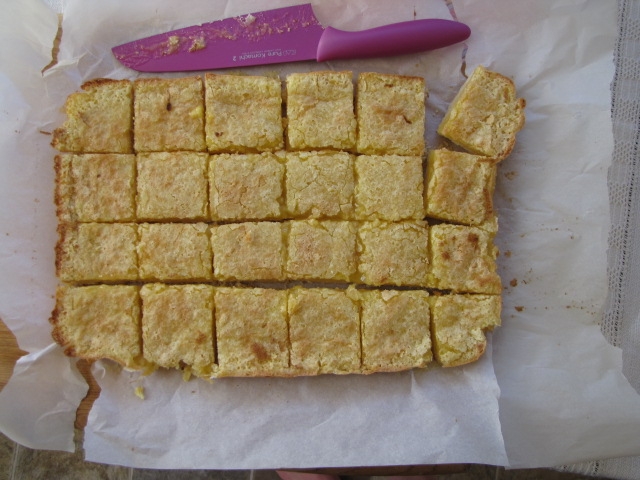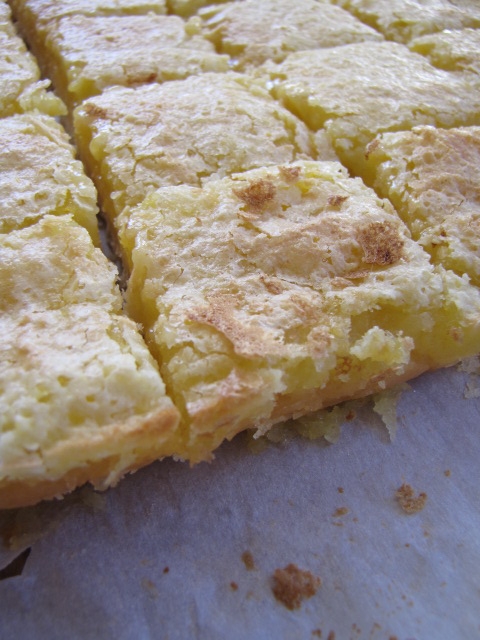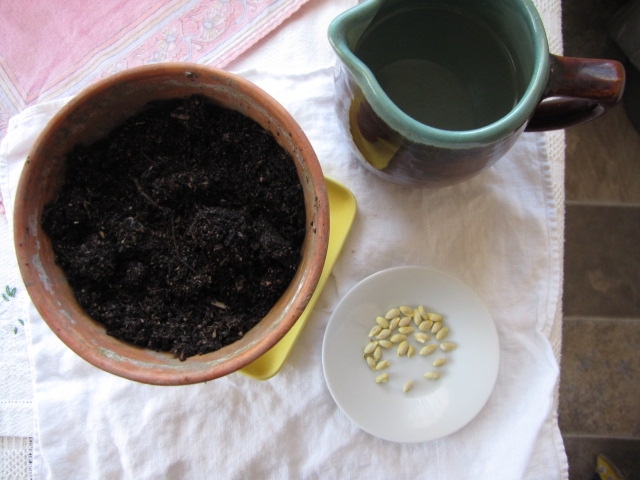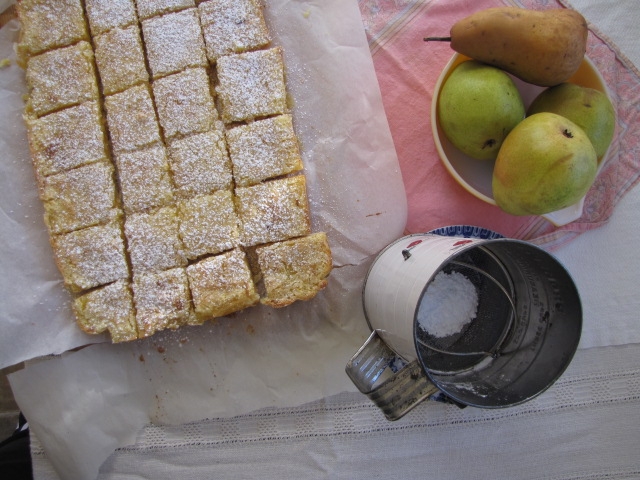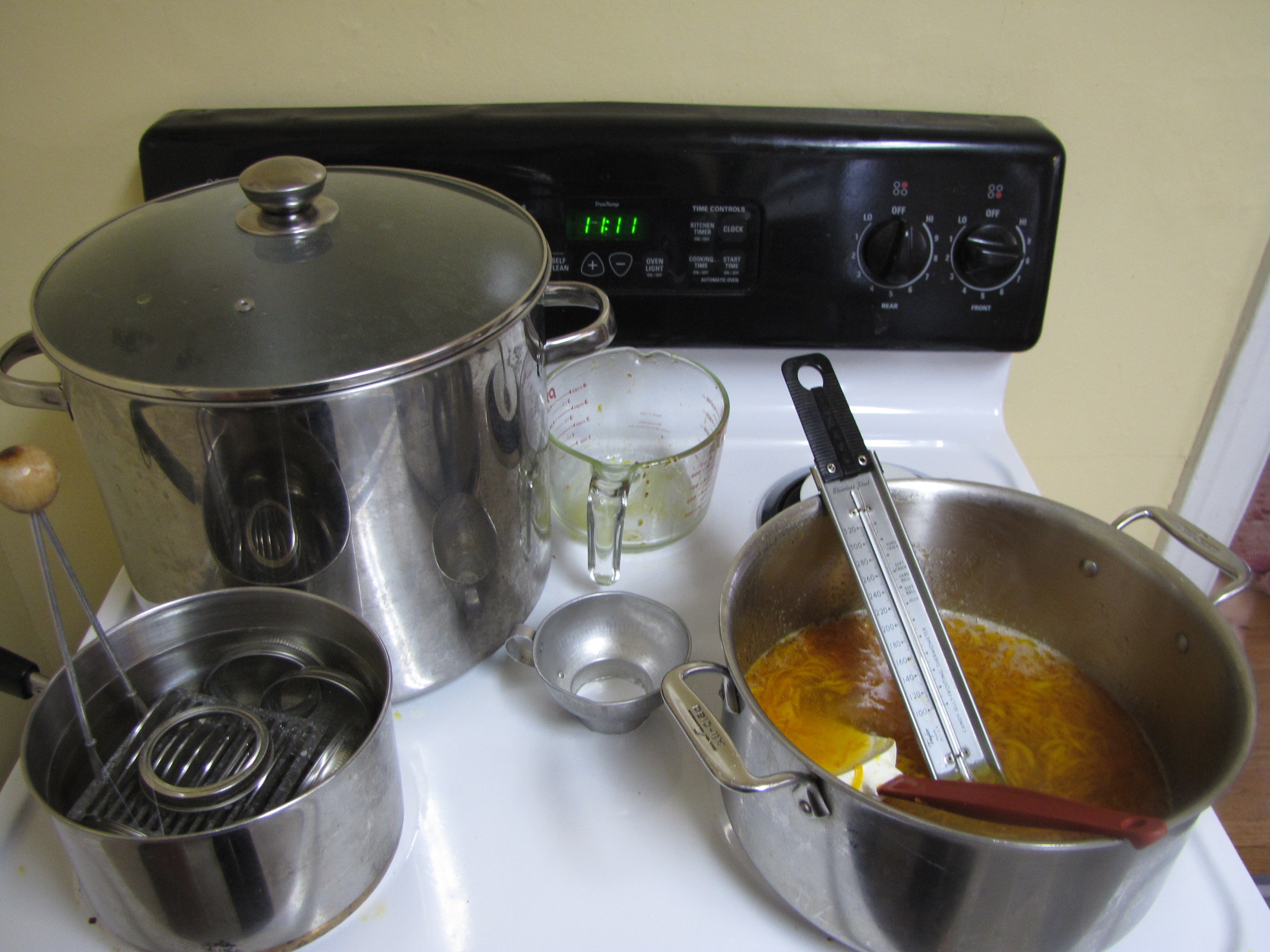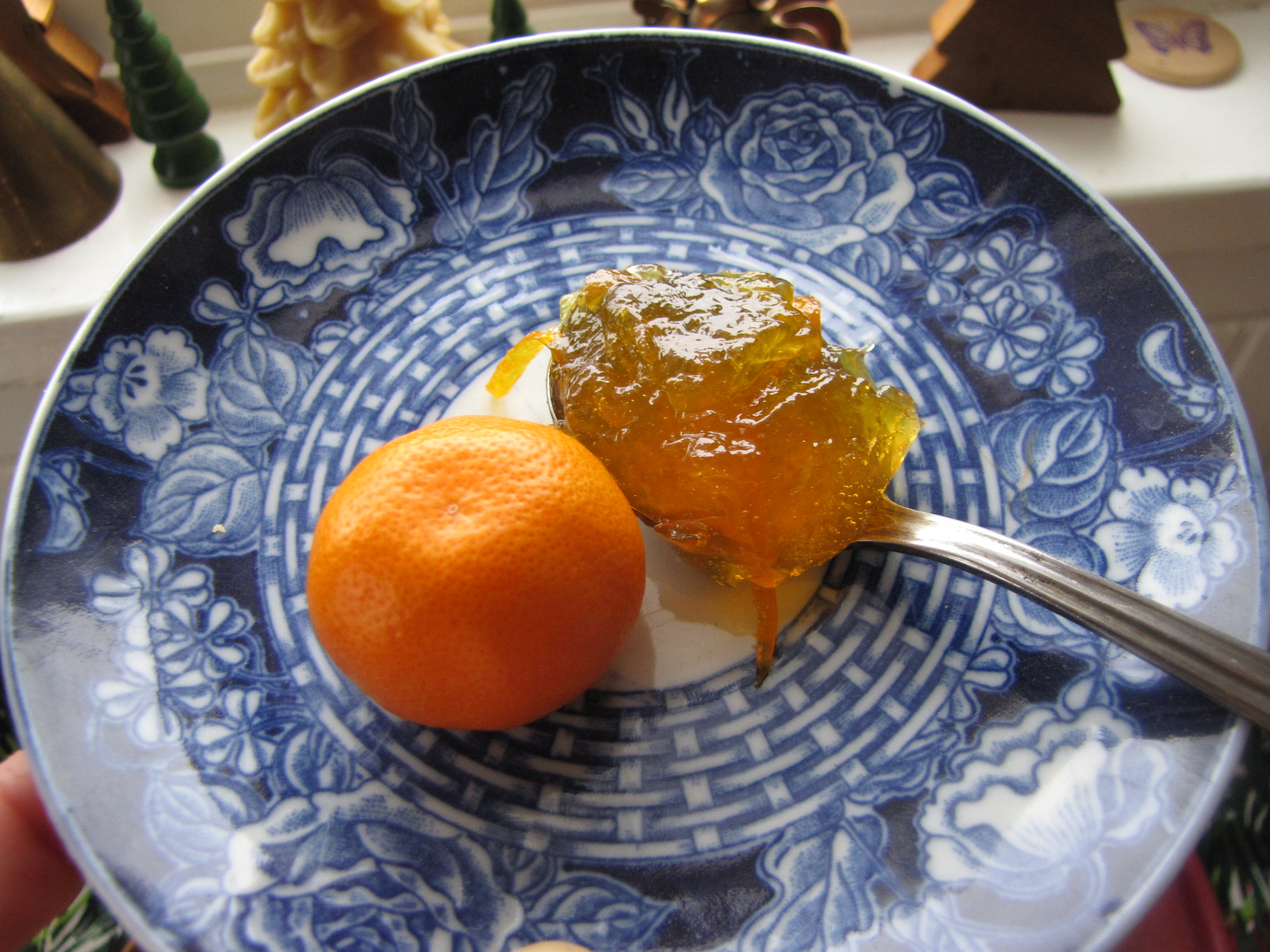Fresh Elderberry Syrup

One of my favorite fall activities is harvesting elderberries to make elderberry syrup.
I have two black elders (Sambucus nigra) and one blue elder (S. nigra ssp. cerulea), and most years can harvest 40 lbs or more of fruit from these three shrubs.

Most of the fruit can be reached from the ground, but I have a pole-pruner to help me access the large clusters up high.
We had a heavy rain which washed all of the forest-fire ash off, so it seemed like a good time to harvest the second round of fruit.


I let the poultry out of their run, so they could hunt for worms and bugs in the rain-soaked mulch. Ducks don’t like elderberries, and the chickens will only clean up a few. They would much rather go for the protein-rich invertebrates which abound in the shade garden.

One of the black elders makes smaller clusters than the other, but each individual berry in the umbel is larger.
All parts of the elder contain cyanogenic glycosides. The berries contain the least amount, which dissipates during cooking. However, stems, leaves, and roots contain toxic amounts. Elderberries need to be removed from the stems which hold them in a cluster before they can be cooked. Even the small stems which hold the berries together in their characteristic umbel shape need to be removed before cooking.

The berries stain clothes and skin, and can be fiddly to remove from the stems. I use a fork. Freezing the berries first can make it easier to remove them from the stems, as well.
After the berries are de-stemmed, they are washed to remove any grit, bugs, spider webs, and dried flowers. I then make a batch of fresh syrup, and freeze the rest in packages to make more syrup throughout the winter. I have dried them in the past, but feel that freezing better preserves the flavor and nutrition.

I take elderberry syrup regularly during cold and flu season – straight, stirred into hot tea, or even mixed with seltzer water. Elderberries contain very high quantities of vitamin C, and are rich in vit A, iron, B6, and potassium. They are a nutritional powerhouse, and I feel very privileged to be able to grow them at home, where I can control how the fruit is produced. The berries and plants are never sprayed. The shrubs are fed with rock dust minerals, organic poultry manure, worm castings, comfrey and compost tea. I know that I am feeding the soil so the plant can benefit and produce for me the most nutritionally-dense berries possible.
If you’re local and interested in some of my all-organic elderberry syrup, please check out the order form HERE (details are on the form). I will be making a batch that will be ready for pickup (or delivery to Oaks Park for derby folks) on Sept 27. Because I’ve had issues with folks ordering and not paying in the past, I’m going to take payment before I make a batch this time around.
If you have any questions about growing elders or making syrup, feel free to shoot me an email at angela@ParkrosePermaculture.com or leave a comment below. Thanks!

 George inevitably wants to have tea every day, whether or not his siblings want to. He loves getting out the china and his favorite mint tea and feeling very grown up.
George inevitably wants to have tea every day, whether or not his siblings want to. He loves getting out the china and his favorite mint tea and feeling very grown up.



 After a long derby weekend, we had a PJ day at the Baker House today to catch up and recover a bit.
After a long derby weekend, we had a PJ day at the Baker House today to catch up and recover a bit.














































![IMG_0156[1]](https://blog.parkrosepermaculture.com/blog/wp-content/uploads/2014/10/IMG_01561-e1443483416496.jpg)












![IMG_0459[1]](https://blog.parkrosepermaculture.com/wp-content/uploads/2014/12/IMG_04591.jpg)
![IMG_0426[1]](https://blog.parkrosepermaculture.com/wp-content/uploads/2014/12/IMG_04261.jpg)
![IMG_9869[1]](https://blog.parkrosepermaculture.com/wp-content/uploads/2014/09/IMG_98691.jpg)
![IMG_0460[1]](https://blog.parkrosepermaculture.com/wp-content/uploads/2014/12/IMG_04601-e1417541807195.jpg)
![IMG_0345[1]](https://blog.parkrosepermaculture.com/wp-content/uploads/2014/11/IMG_03451-e1416764261935.jpg)
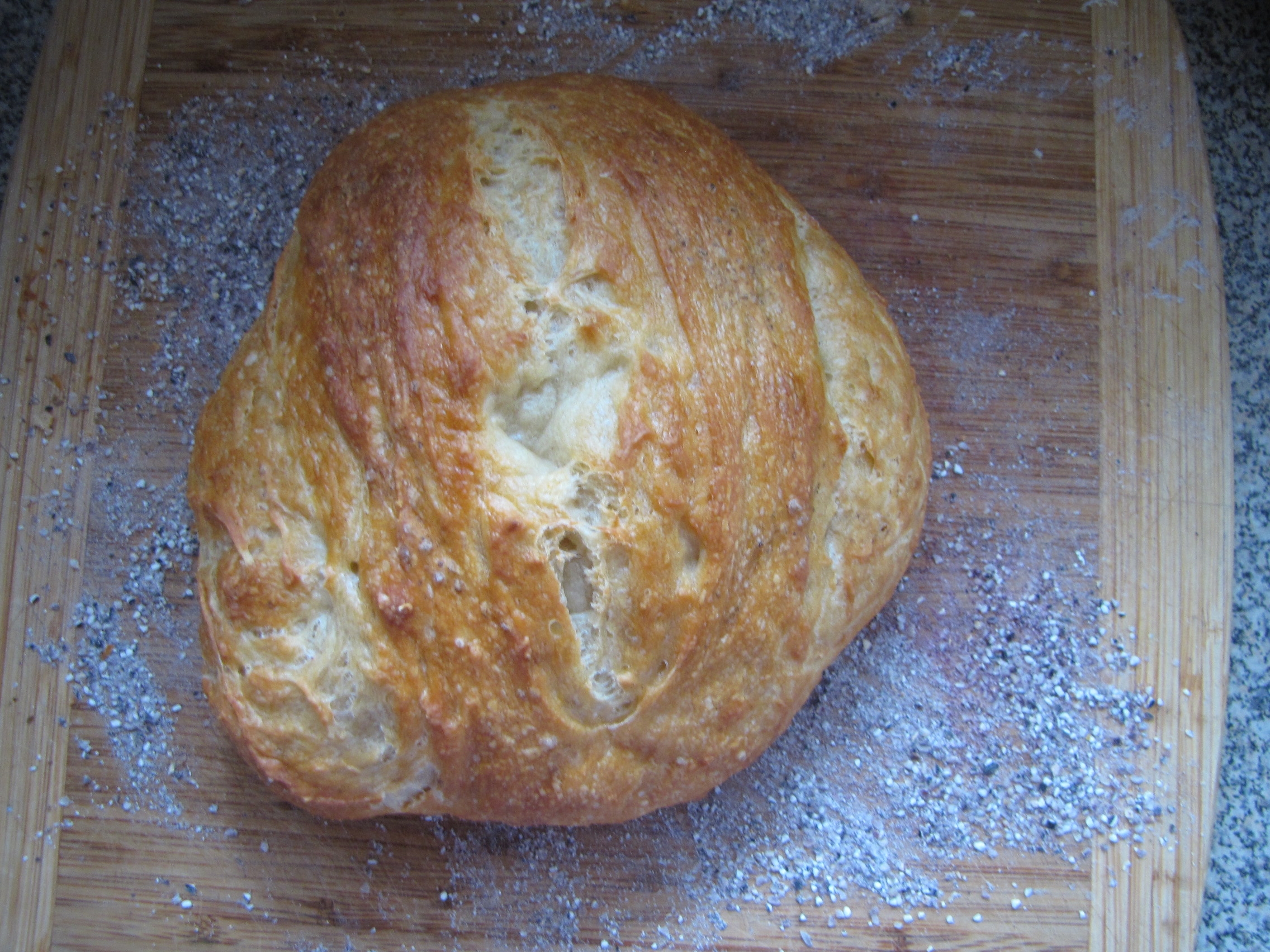
![IMG_0287[1]](https://blog.parkrosepermaculture.com/wp-content/uploads/2014/11/IMG_02871.jpg)
![IMG_0296[1]](https://blog.parkrosepermaculture.com/wp-content/uploads/2014/11/IMG_02961-e1415909055718.jpg)
![IMG_0297[1]](https://blog.parkrosepermaculture.com/wp-content/uploads/2014/11/IMG_02971.jpg)
![IMG_0288[1]](https://blog.parkrosepermaculture.com/wp-content/uploads/2014/11/IMG_02881-e1415908887176.jpg)
![IMG_0304[1]](https://blog.parkrosepermaculture.com/wp-content/uploads/2014/11/IMG_03041.jpg)
![IMG_0303[1]](https://blog.parkrosepermaculture.com/wp-content/uploads/2014/11/IMG_03031.jpg)
![IMG_0174[1]](https://blog.parkrosepermaculture.com/wp-content/uploads/2014/11/IMG_01741-e1415315875820.jpg)
![IMG_0259[1]](https://blog.parkrosepermaculture.com/wp-content/uploads/2014/11/IMG_02591.jpg)
![IMG_0220[1]](https://blog.parkrosepermaculture.com/wp-content/uploads/2014/11/IMG_02201.jpg)
![IMG_0073[1]](https://blog.parkrosepermaculture.com/wp-content/uploads/2014/10/IMG_00731-e1413248536445.jpg)
![IMG_0069[1]](https://blog.parkrosepermaculture.com/wp-content/uploads/2014/10/IMG_00691-e1413248611218.jpg)
![IMG_0062[1]](https://blog.parkrosepermaculture.com/wp-content/uploads/2014/10/IMG_00621.jpg)
![IMG_0089[1]](https://blog.parkrosepermaculture.com/wp-content/uploads/2014/10/IMG_00891.jpg)
![IMG_0097[1]](https://blog.parkrosepermaculture.com/wp-content/uploads/2014/10/IMG_00971-e1413248756523.jpg)
![IMG_0100[1]](https://blog.parkrosepermaculture.com/wp-content/uploads/2014/10/IMG_01001.jpg)
![IMG_0122[1]](https://blog.parkrosepermaculture.com/wp-content/uploads/2014/10/IMG_01221.jpg)
![IMG_0116[1]](https://blog.parkrosepermaculture.com/wp-content/uploads/2014/10/IMG_01161.jpg)
![IMG_0103[1]](https://blog.parkrosepermaculture.com/wp-content/uploads/2014/10/IMG_01031-e1413248685844.jpg)
![IMG_0120[1]](https://blog.parkrosepermaculture.com/wp-content/uploads/2014/10/IMG_01201-e1413248823724.jpg)
![IMG_0106[1]](https://blog.parkrosepermaculture.com/wp-content/uploads/2014/10/IMG_01061.jpg)
![IMG_0114[1]](https://blog.parkrosepermaculture.com/wp-content/uploads/2014/10/IMG_01141.jpg)
![IMG_0086[1]](https://blog.parkrosepermaculture.com/wp-content/uploads/2014/10/IMG_00861.jpg)
![IMG_9947[1]](https://blog.parkrosepermaculture.com/wp-content/uploads/2014/09/IMG_99471-e1411858518476.jpg)
![IMG_9955[1]](https://blog.parkrosepermaculture.com/wp-content/uploads/2014/09/IMG_99551-e1411855041598.jpg)
![IMG_9949[1]](https://blog.parkrosepermaculture.com/wp-content/uploads/2014/09/IMG_99491-e1411854856615.jpg)
![IMG_9952[1]](https://blog.parkrosepermaculture.com/wp-content/uploads/2014/09/IMG_99521.jpg)
![IMG_9954[1]](https://blog.parkrosepermaculture.com/wp-content/uploads/2014/09/IMG_99541-e1411854982151.jpg)
![IMG_9962[1]](https://blog.parkrosepermaculture.com/wp-content/uploads/2014/09/IMG_99621-e1411855268227.jpg)
![IMG_9964[1]](https://blog.parkrosepermaculture.com/wp-content/uploads/2014/09/IMG_99641.jpg)
![IMG_9973[1]](https://blog.parkrosepermaculture.com/wp-content/uploads/2014/09/IMG_99731-e1411855686377.jpg)
![IMG_9975[1]](https://blog.parkrosepermaculture.com/wp-content/uploads/2014/09/IMG_99751-e1411855807465.jpg)
![IMG_9972[1]](https://blog.parkrosepermaculture.com/wp-content/uploads/2014/09/IMG_99721.jpg)
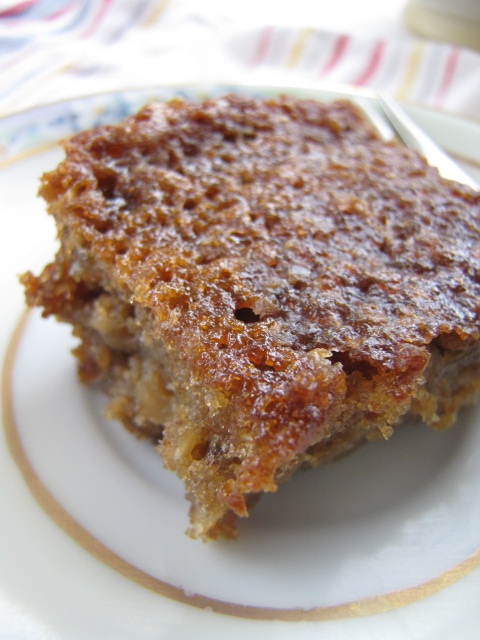
![IMG_9227[1]](https://blog.parkrosepermaculture.com/wp-content/uploads/2014/02/IMG_92271.jpg)
